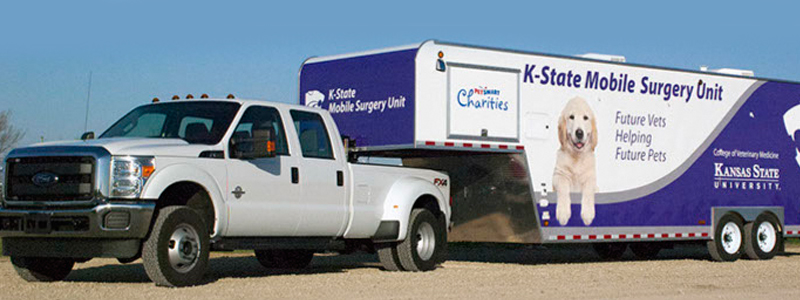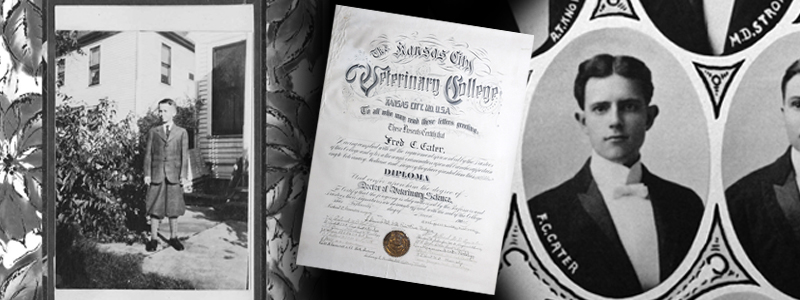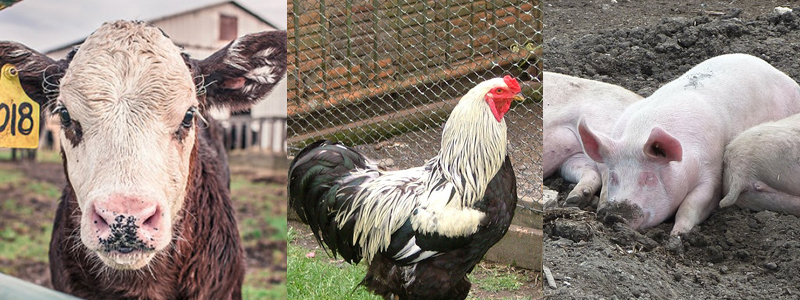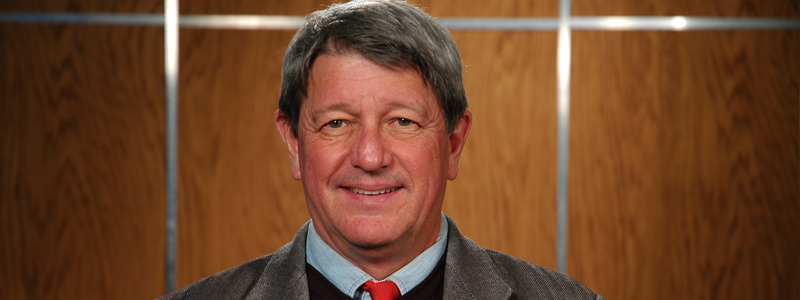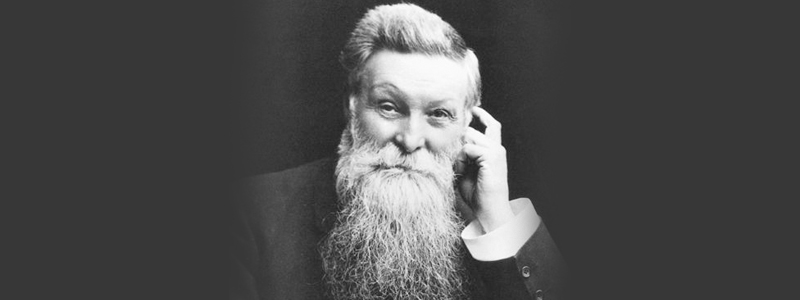When Kansas State University’s CVM decided to take its shelter medicine rotation on the road last May, they never imagined how quickly demand would grow—both from students and participating shelters. The Mobile Surgery Unit, a 32-foot pull-behind gooseneck trailer with the Powercat logo on its side, celebrated its first anniversary on May 9. Since hitting the road, it’s visited a dozen shelters on a regular basis saving lives and money, and giving fourth-year veterinary students a unique experience.
Dr. Brad Crauer, clinical assistant professor of clinical sciences, runs the program. Each morning at 7 a.m., he, three fourth-year veterinary students, and a licensed tech meet to do rounds and go over a discussion topic. They’re on the road by 8 a.m., traveling up to two hours to that day’s location. “They can be pretty long days,” admits Dr. Crauer. “We have some shorter trips and a couple of different partners in Manhattan, but we drive as far as Beatrice, NE, or Ottawa, KS, and both of those trips are an hour and 45 minutes or so each way.” Dr. Kyla Krissek, the program’s intern, says once they arrive and set up, each animal gets a basic physical examination. Two students typically perform surgeries while another takes care of anesthetizing and prepping each patient. They rotate through the tasks so each gets a turn. Dr. Crauer says participation in the program gives students ten times more surgeries than typical veterinary students have when they graduate. “The students throughout last year were averaging about 50 surgeries per two-week rotation,” he says. “Students without a program like this, or who don’t seek additional surgical experiences, would graduate with four to five surgical experiences. Our students are much more confident, and their skills at the surgery table are much better.”
But surgical experience isn’t the only student benefit. Vanessa Cowie is the director of the Salina Animal Shelter, one of the program’s beneficiaries. She says in addition to spay/neuter services, the students have an opportunity to learn about the challenges shelters face in a real setting. “At lunch time we meet in our education room. While the students munch away, we play a slideshow describing the challenges we face in code enforcement and animal sheltering, and what some of our successes are. The students are always engaged and ask high-level questions that lead to truly inspiring discussions.” After lunch, Cowie gives a tour of the facility and reinforces the topics discussed at lunch. “It is a means for discussing the role that shelters play in the veterinary community,” says Dr. Krissek. “Many of our future patients will be shelter animals, and veterinarians can positively impact their communities by becoming advocates for animal welfare organizations.” Dr. Krissek adds that as part of their coursework, students also evaluate each shelter and submit a written evaluation highlighting both positive aspects and targeting areas for improvement. “Unfortunately, much of shelter medicine is cost-based, but many students have been quite creative with economical and practical improvements for these shelters,” she says.
Dr. Crauer says the big positive for shelters is the free spay/neuter services the program provides. “Some shelters were paying to have spays and neuters done, so they’re able to take that valuable dollar resource and reinvest that somewhere else, whether that’s increased training for staff, increased equipment, improving their facilities, or being able to raise the bar and provide medical care to animals that they otherwise couldn’t afford to treat,” he explains. Cowie says the Salina Animal Shelter has definitely seen the impact. Though the shelter had enough need to hire at least a part-time veterinarian for spay/neuter services, a hiring freeze prevented Cowie from adding a veterinarian to her staff. She heard about the mobile surgical unit from a colleague at the Lawrence Humane Society, applied, and was accepted. “In the first 12 months the students performed 839 spay/neuter surgeries on our sheltered pets,” she notes. “The value of these surgeries is $53,615. The monetary savings have been re-invested back into animal care, resulting in a higher standard of care for our animals, and a higher quality of service to our citizens,” she says. In fact, she notes that conditions like heartworm disease, leg fractures, and dental exams, previously considered “untreatable” because the shelter just didn’t have the resources, are now fully funded. “There are also funds to help with post-adoption complications,” she adds. “In the past, an adopter would have no financial support after adopting an animal, even if the animal suffered a post-surgical complication. Policy changes have allowed for some post-adoption veterinary care.” She says adoptions have increased over the last year, possibly due to the higher quality of service.
With the program’s second year underway, those involved would like to see it expand. “We currently have room for about 70 students, and the graduating class runs between 110-120 students in each class, so not all students can go through,” explains Dr. Crauer. “Students have to prioritize this class in order to get in.” Dr. Krissek, who plans to pursue a career in shelter medicine, says participation in the program solidified her interest. She’d like to see the addition of another mobile unit, not only so more students can benefit, but so they can reach additional communities. “There are many more animal welfare organizations in the surrounding areas where the program could really make an impact,” she notes. Cowie also sees that need. “Anyone in my position would like to see added visits, and an increase in the types of surgeries offered. That being said, the existing program is hugely successful, and would continue to have a significant impact if no changes were made,” she says. Dr. Crauer says an additional unit would help the program grow. “If we were to add a second trailer, we would be able to take care of all the Kansas State veterinary students who want to go through this program, and potentially become a destination for other veterinary colleges that don’t have a program like this,” he says. And that, he says, could go a long way toward improving veterinary care for all animals.
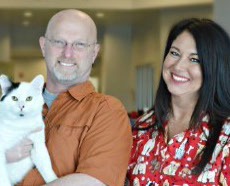
Dr. Brad Crauer and Deb Malick, executive director of Helping Hands Humane Society, solidified the HHHS-College of Veterinary Medicine partnership in the mobile surgery unit program.
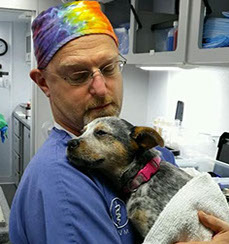
Dr. Brad Crauer comforts a dog recovering from surgery on the mobile surgery unit.

